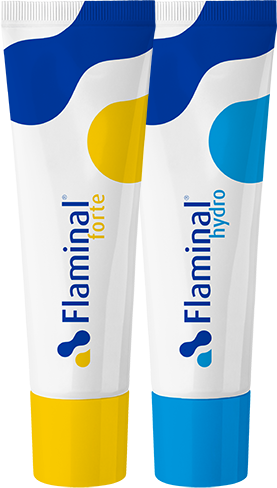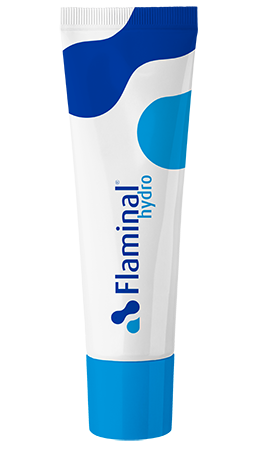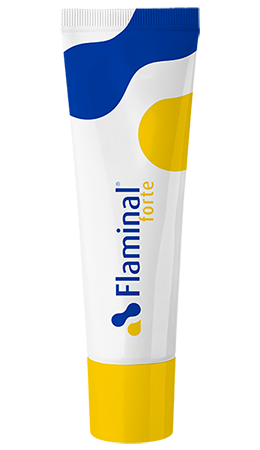- Shop Online
- Shop by Category
- Shop by
Compression
- Extra Light <10mmHg
- Light 10-18mmHg
- Moderate 15-24mmHg
- Firm 20-30mmHg
- Extra Firm >30mmHg
- UK Class 1 | 14-17mmHg
- UK Class 2 | 18-24mmHg
- UK Class 3 | 25-35mmHg
- RAL Class 1 | 18-21mmHg
- RAL Class 2 | 23-32mmHg
- RAL Class 3 | 34-46mmHg
- EU Class 1 | 18-21mmHg
- EU Class 2 | 23-32mmHg
- EU Class 3 | 34-46mmHg
- AFNOR Class 1 | 10-15mmHg
- AFNOR Class 2 | 15-20mmHg
- AFNOR Class 3 | 20-36mmHg
- US Class 1 | 15-20mmHg
- US Class 2 | 20-30mmHg
- Shop by Company

 Get Prescription
Get Prescription









